Gucci has long held onto the title of the status symbol of luxury fashion. However, unlike many fashion houses of the 19th century, Gucci began with a deep-rooted family history full of feuds and power-hungry moments. Now, as one of the most renowned luxury brands in the world, Gucci is the pinnacle of Italian craftsmanship that began with luxury leather goods and a focus on quality, a value that remains today.
Also,from its origins under the founder Guccio Gucci to the current creative director Sabato de Sarno, let’s explore the history of Gucci.
The History And Evolution Of Gucci
The Origins of Gucci
Gucci was founded by Guccio Gucci in 1921 in Florence. But before embarking on creating the now world-renowned label, he worked as a luggage porter at the Savoy Hotel in London – one of the fanciest, most privileged hotels that attracted the richest of society. So,it was there he gained a deep understanding of what the elite looked for in luxury goods and saw his future consumer market firsthand.

Upon his return to Florence, Guccio Gucci learned all he could in leather craftsmanship at Franzi, where he excelled in the role. In 1921, Gucci finally decided to take action on his dreams with the support of his wife. They used their savings and a loan to open the first official store in their hometown, Florence. In 1938, Gucci opened a new shop in Rome, expanding its influence within Italy.
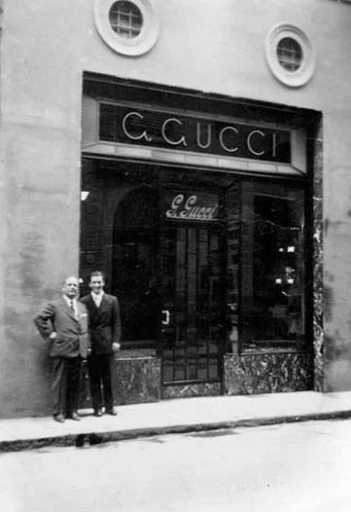
When the first Gucci store opened, the focus was on leather goods.
The brand initially made saddlery, but when horses and carts were swapped for cars and traveling became more available, the brand began focusing on leather bags and travel accessories, creating the highest quality luggage for Italy’s wealthy upper classes.
However, because of the League of Nations embargo against Italy in the 1930s, leather was short in supply, so the house began using alternative materials like woven canapa, hemp, and bamboo.
Gucci Bamboo Bag
After World War II, traditional materials like leather were difficult to find. So Gucci decided to use lightweight, durable bamboo for the handle of its new bag – the 1947 Gucci bamboo. It was a remarkable launch in the history of Gucci.

The Gucci Bamboo bag was inspired by the shape of a saddle (a nod to the brand’s equestrian roots). The handle and turn-lock closure were both made of bamboo.
The bamboo could be easily imported from Japan, and was a good choice from the quality perspective, thanks to its lightweight and durable properties. And so, the brand began incorporating this natural material into the construction of handbags. To this day, every Gucci Bamboo handle is made by hand by skillful artisans, who carefully lacquer it to achieve a glossy appearance.
Gucci Horsebit Loafers
Guccio Guccio passed away in 1953, and shortly after – the same year – his son Aldo introduced the Gucci Horsebit loafers.

It was a simple leather shoe embellished with a metal horse bit, inspired by the equestrian aesthetic of the founder’s designs. The name “Horsebit” clearly references horseback riding, a nod to the brand’s equestrian roots. It wasn’t long before the shoe gained immense success and became another iconic piece in the history of Gucci. In the ’60s and ’70s, style icons and celebrities like Brigitte Bardot, Jane Birkin, Francis Ford Coppola, Sophia Loren, and others wore Gucci loafers and made them popular.

Two years later, in 1955, Gucci introduced the Gucci Horsebit bag.
Gucci Jackie 1961
Did you know that the iconic Gucci bag was originally named “Fifties Constance”? Created in the 50s, the “Fifties Constance” was an instant success, and the former First Lady of the United States, Jacqueline Kennedy, was among its biggest admirers and collectors. She was regularly photographed wearing her beloved Gucci bag everywhere. So in 1961, the brand decided to rename it “Jackie” in her honor. Gucci Jackie 1961 became synonymous with Jackie Kennedy and her style. From the moment it was created to the present day, this symbol of timeless elegance has endured minimal changes.
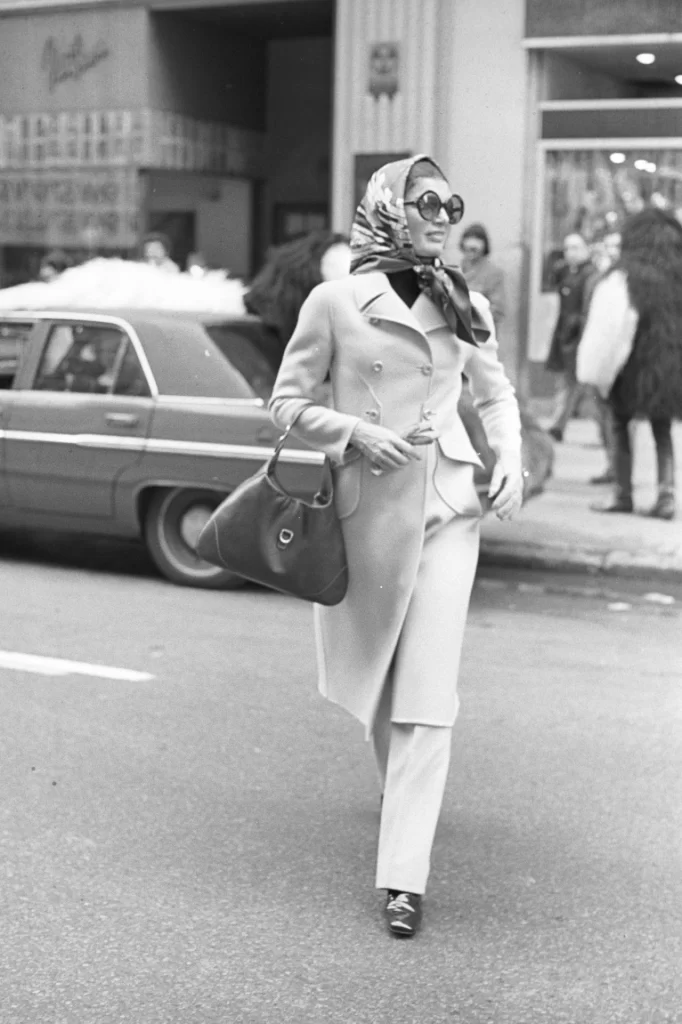
Another iconic piece released by Gucci is the Flora scarf, developed in 1966 for Princess Grace Kelly of Monaco. The Flora print was commissioned by famed artist Vittorio Accornero.
In 1975, Gucci also ventured into beauty with their first perfume, No 1. It became one of the most enduring fragrances introduced by fashion designers.
The First Fashion Show Of Gucci
60 years afters it was founded, Gucci held its first-ever ready-to-wear show in 1981 in Florence, where it all began. The show was staged at the Sala Bianca of Palazzo Pitti, the predecessor to Milan Fashion Week. The collection was largely inspired by the signature Flora print.
The Evolution Of The Gucci Logo
As one of the most popular luxury fashion houses, Gucci’s logo is iconic and instantly recognizable. But did you know that the famous “double G” is not the first logo the Italian House designed? Let’s see all the different variations of it that Gucci has been using since its foundation in 1921.
The first logo was created in 1923 and was written in italics, inspired by the signature of the founder Guccio Gucci.
In 1929, a “G” standing for “Guccio” was added before “Gucci”.
In 1934, the logo changed to portray a hotel porter with two suitcases in his hand. The inspiration came to Guccio Gucci from his time working as a porter, bellboy, and elevator operator at the legendary Hotel Savoy in London, where he had been carrying hotel guests’ suitcases for a dozen years.
The 1934 logo became the basis for the next logo of the Maison – a knight holding the same suitcases as the bellboy, which was introduced in 1955.
In the 1958 logo, the knight appeared before the name “Gucci”.
60s Gucci Logos
After his father’s death in 1953, Aldo Gucci introduced somewhere in the 60s the iconic “double G” logo which the House is well known for today. Aldo used his father’s initials to pay him homage and honor the family legacy. According to him, the design with the interlocking “double G” motif was meant to represent the links of a bracelet and become synonymous with luxury.
Over the years, this Gucci logo has undergone multiple variations but never changed its main “double G” motif. For example, in 1971 the knight returned to the logo. Also, it saw a refresh in the font, which was serif.
It wasn’t until 1992 under Tom Ford that the interlocking “double G” motif officially became part of the official Gucci logo.
In 1998, Tom Ford also introduced a version with spaced letters and characters.
The latest change in the logo was made by Alessandro Michele in 2019, who created a new version of the “double G” with the two overlapping and right-oriented characters.
Gucci Family Feud
Guccio Gucci passed away in 1953, leaving his legacy in the hands of his oldest son Aldo Gucci, who took control of the business. Aldo grew the company internationally, opening stores in New York, Tokyo, Paris, and London.
In the 80s, Guccio’s grandchildren were officially working within the company, as the feud began over power and control. As the company grew so quickly, naturally everyone wanted the biggest seat.
When Rodolfo passed away in 1983 he left his share of the company to his son Maurizio. However, being left in control with the most shares of the fashion house did not end well for the family. Faced with personal debt, Maurizio Gucci was forced out of the company by Investcorp, which gave the brand a fresh boost of life. Dawn Mello was hired as the new creative director. The once family-owned empire was left in the hands of others for the first time in the history of Gucci since 1921.
In 1995, Maurizio Gucci was murdered by his ex-wife Patrizia Reggiani who organized his assassination. She was sentenced to 29 years of prison three years later.
The film House of Gucci dives into the deep-rooted Gucci family issues if you want to learn more about it.
Who Owns Gucci Today?
The late 90s brought the battle of powerhouses LVMH and PPR (Pinault-Printemps-Redoute, now known as Kering) who both wanted Gucci within their realm. LVMH began slowly purchasing shares of Gucci despite then CEO Domenico De Sole pushing back against this. Before the company could take over completely, in May 1999, PPR purchased a controlling 42% stake of the Gucci Group for $3 billion and has remained Gucci’s parent company until the present day.
Creative Directors of Gucci Through The Years
Tom Ford at Gucci
Tom Ford arrived at Gucci in 1990, starting as an in-house designer. He was hired by Dawn Mello, then Gucci’s creative director, and replaced him in 1994. His first-ever collection for Fall 1995 put Gucci back on the fashion map, with glamour at the core of the designs. They gave the credit to Ford with restoring the Gucci name and reputation that year while reviving the house’s opulence and refiguring its identity.
Frida Giannini at Gucci
Tom Ford brought in Frida Giannini as accessories head before leaving due to issues with PPR (Kering) in 2004. Giannini went on to become Gucci’s creative director from 2006 to 2014, leading the brand into elegance, focusing on the renowned Flora print.
Alessandro Michele at Gucci
When Giannini left in 2014, Alessandro Michele was announced as the new creative director of Gucci in 2015. Devoting 12 years prior to the brand as an accessories designer, Michele designed an entirely new menswear collection in less than a week. His debut womenswear collection debuted in Milan, as Gucci’s Fall 2015. As an unknown designer back then, his first runway collection was a huge success in the fashion world.
Alessandro Michele blended his unique and eccentric style with Gucci’s classic heritage. His love for extravagance and opulence has become a part of the fashion house. In 2017 it was even announced that Gucci had achieved record sales under Michele’s leadership.
Michele’s romantic and poetic vision for 21st-century luxury has attracted a whole new market of younger consumers. He was also known for breaking gender codes in fashion since his first Men’s Fall/Winter 2015-16 show.
Alessandro Michele’s artistic direction also brought many sustainability efforts to Gucci. In 2017, the luxury house stopped using fur in its collections. The Spring/Summer 2020 runway show in Milan and the events related to it were announced to be carbon neutral. And the Summer 2020 collection Off the Grid became the brand’s first ever entirely sustainable collection.
For his last Spring Summer 2023 show, Alessandro Michele sent over 68 identical twins down the runway.
On November 23, 2022, he announced he was leaving Gucci after serving as creative director for 7 years.
Sabato De Sarno at Gucci
On January 28, 2023, Gucci appointed Sabato De Sarno as its new creative director. De Sarno oversees Gucci’s women’s, men’s, leather goods, accessories, and lifestyle collections. His debut Spring Summer 2024 show was staged in September 2023.
The 39-year-old designer from Naples started his career at Prada in 2005, then moved to Dolce&Gabbana and finally to Valentino in 2009 where he worked for 13 years, lately as fashion director overseeing both men’s and women’s collections under creative director Pierpaolo Piccioli who is his close friend and associate.
Sabato De Sarno recently presented his first Gucci Cruise 2025 collection.
That’s all for the history of Gucci now. If you enjoyed this article and want to share your thoughts on Gucci, we will gladly read your comments below.
If you want to learn more about fashion history and business, subscribe here to our newsletter 365 days of fashion.



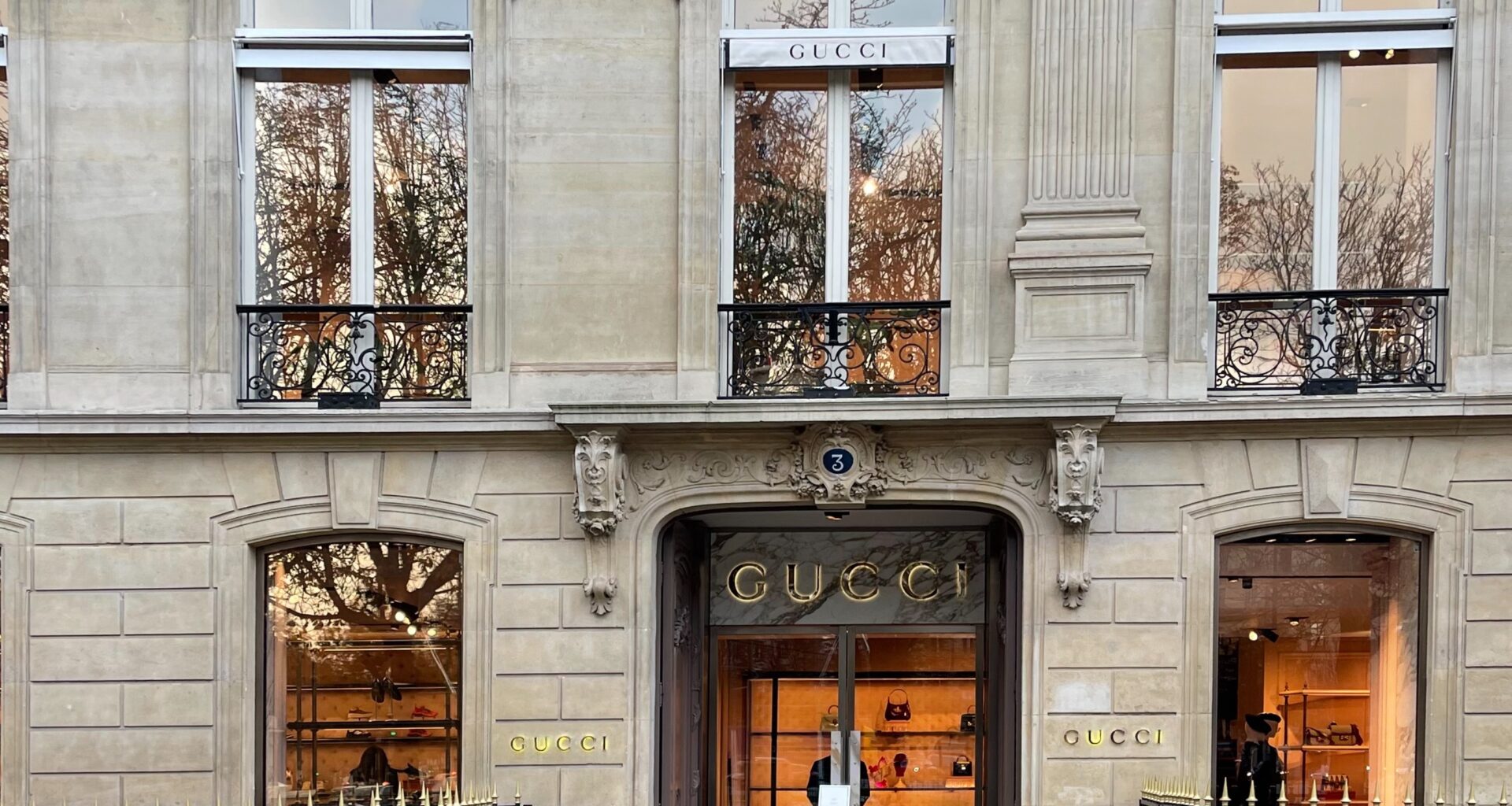
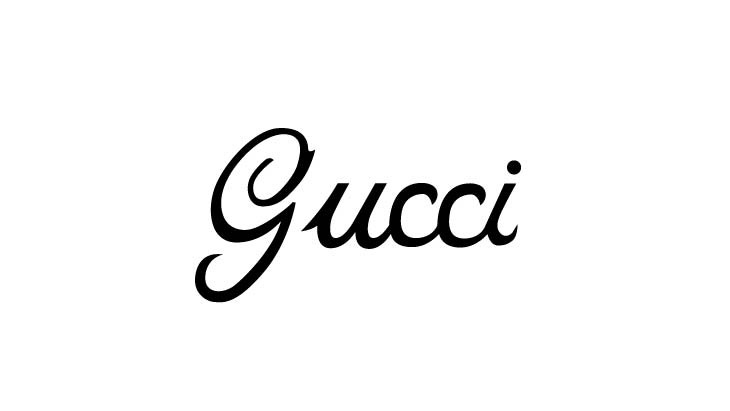
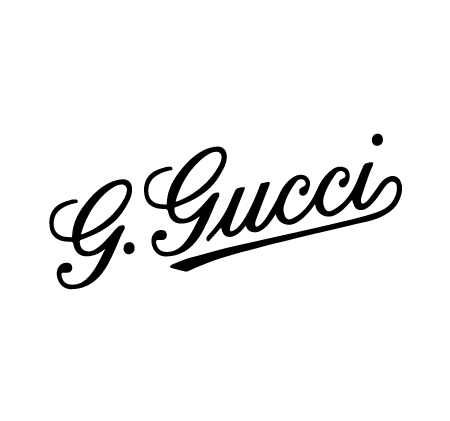
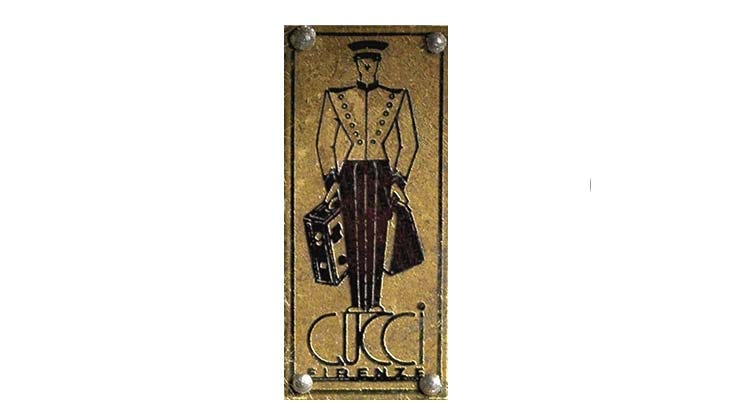
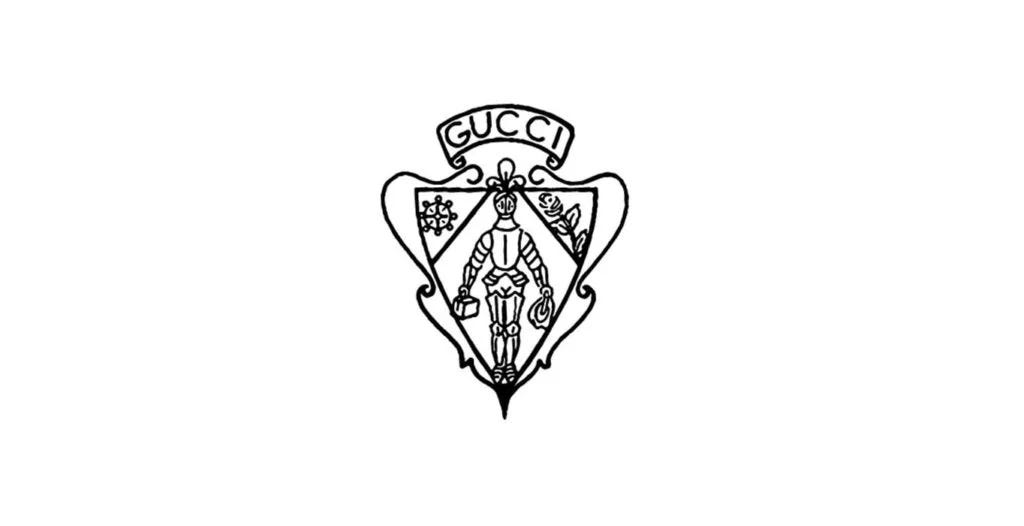
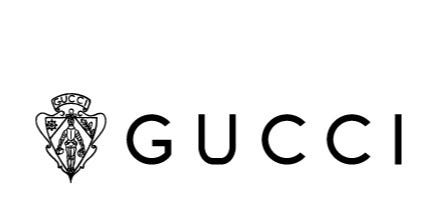

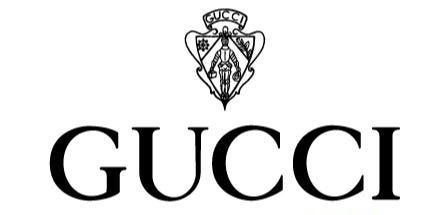
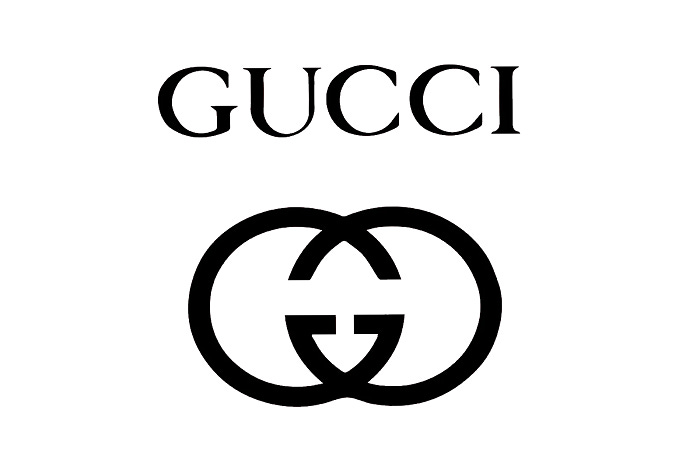
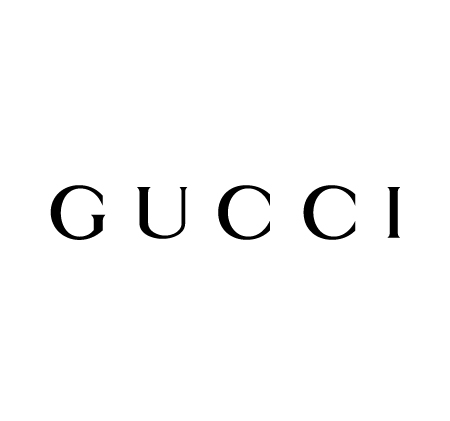


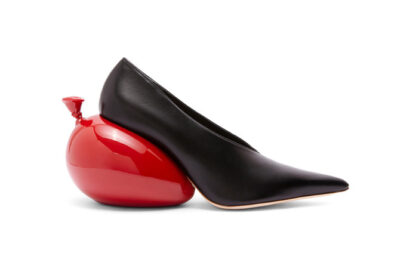
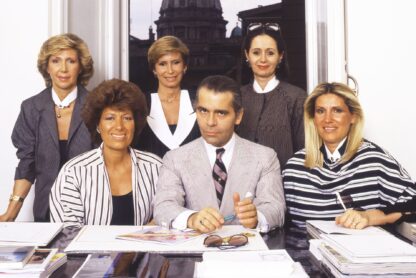
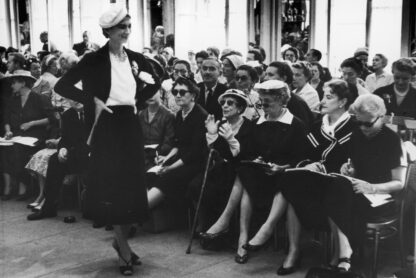
I have bought 2 bags from essenceofluxurys and have been really happy with both. On initial contact I was sent many pics of the actual bag I wanted with dimensions so I was sure we were talking about the same thing. I was really nervous at first but I received it within a week of ordering. Both bags have been excellent quality, came with dust bags and original packaging. I highly recommend using them.